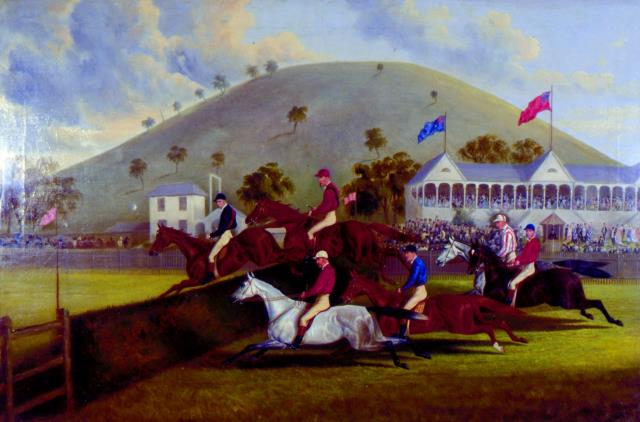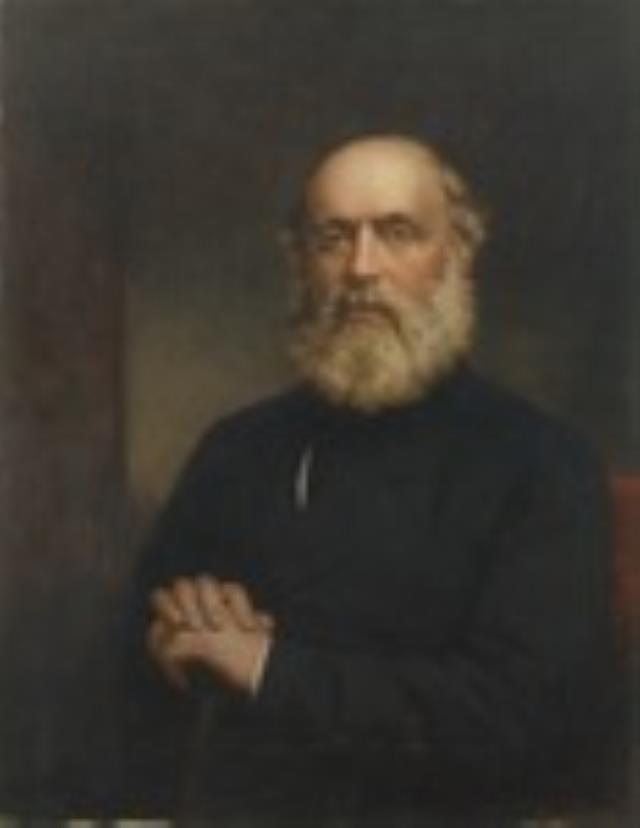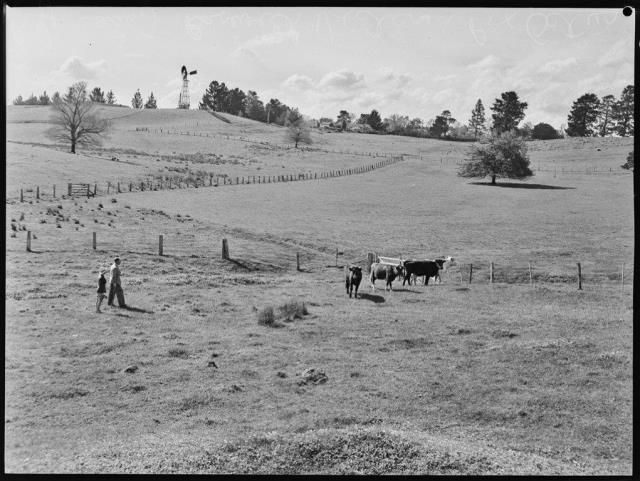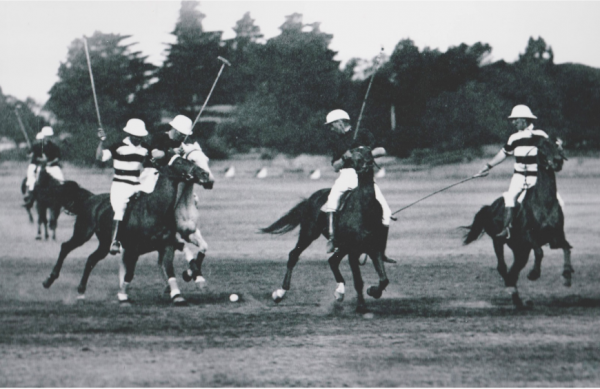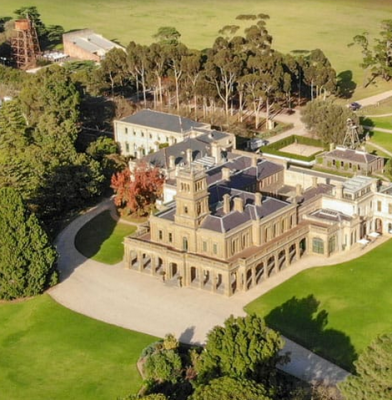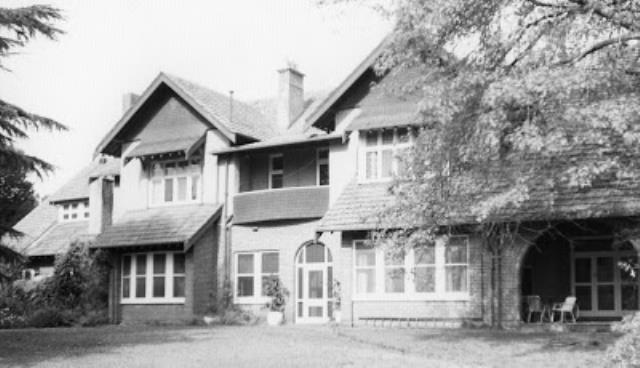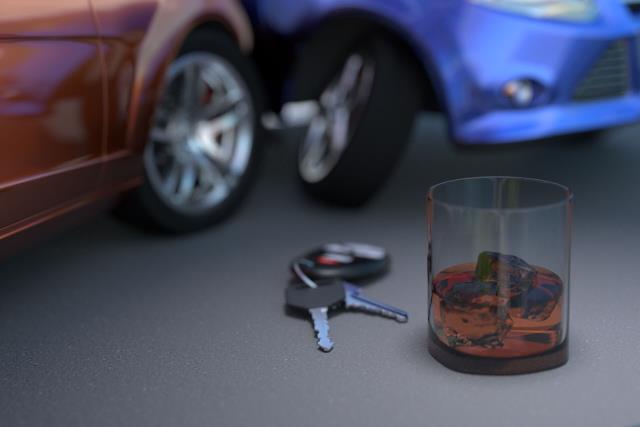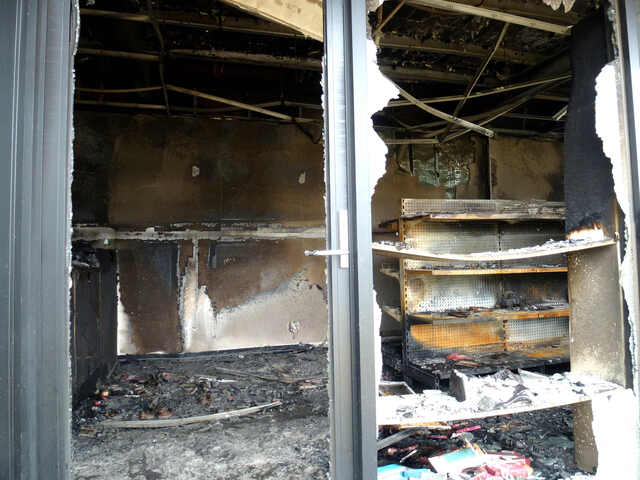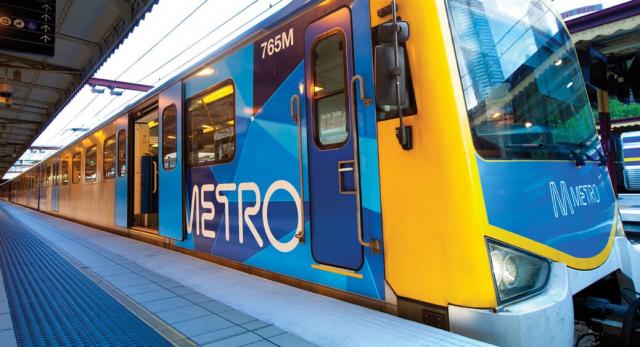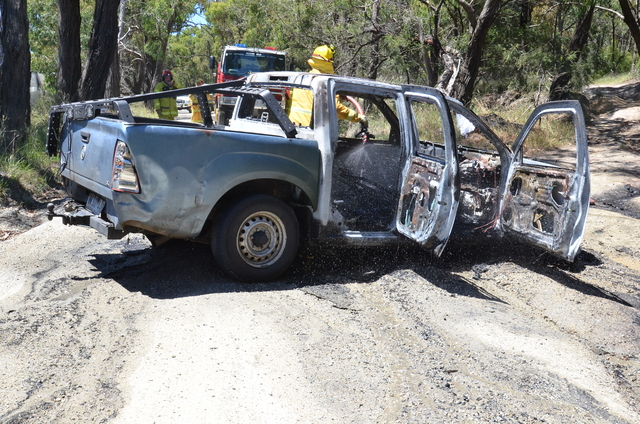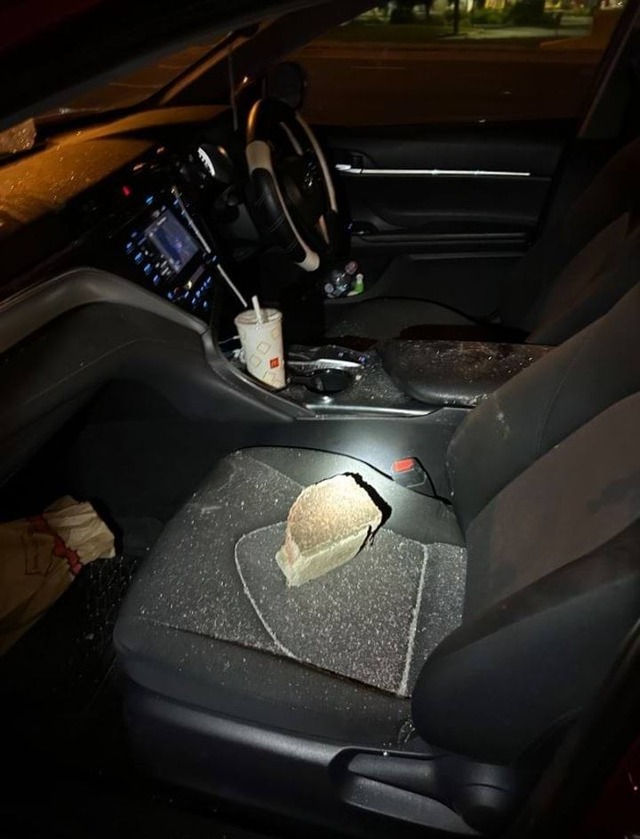Andrew S Chirnside was the owner of Edrington at Berwick, best known as the former home of Lord and Lady Casey. This 1000 acre (405 hectares) old Berwick farming property originally included the area through which Chirnside Road now runs, as NEIL LUCAS explains in his latest look at the significance of place and street names in the region.
Chirnside Road, Berwick
Andrew S Chirnside’s father, also Andrew Chirnside was born in 1817 at Cockburnspath in the Scottish Borders area north of Berwick-upon-Tweed and came to Port Phillip in 1840 following his brother Thomas who had arrived the year before.
Andrew and Thomas came with sufficient funds from their father to invest in farming properties with a view to enhancing the family’s wealth.
Following a number of farming ventures in the Western District the brothers acquired an extensive tract of land on the western side of Port Phillip Bay in the area around what is now the suburb of Werribee.
The property comprised 80,000 acres (32,375 hectares) and the brothers farmed there most successfully and over the following years acquiring further farming properties in Victoria including Carranballac, Mt Elephant, Koort-Koornong in the Western District and valuable stations in New South Wales and Queensland.
Andrew then lived on the Carranballac property and his brother remained at Werribee Park on which in the 1870s he built a significant house which, with additions, remains and is now operated as a hotel under the name Mansion Hotel – Werribee Park.
Andrew Chirnside Snr married Mary Begbie and they had six children – Andrew Spence Chirnside was their third child and was born in 1856 at Cavendish in Western Victoria.
Young Andrew attended Geelong College at an early age, but at the age of 10 years travelled with his family to England where they remained for four years prior to their return to Victoria.
Chirnside in his early adulthood lived mainly at his father’s Carranballac property and at Werribee Park where he really lived for his pastime breeding, raising, training and riding horses.
He was a keen and capable horseman and in his late teens had begun riding as a jockey in thoroughbred racing.
At Warrnambool in 1875 Chirnside made a bet of 500 pounds to five pounds with a bookmaker that he would win six out of six races. He won the first five races but alas his elder brother Robert forbade him to ride the sixth. Robert rode the winning horse in the sixth and Andrew lost his five pounds.
In that year a number of sportspeople, including Chirnside, met at Craig’s Hotel in Ballarat and formed the Victoria Amateur Turf Club.
Chirnside enjoyed significant success with his riding, which included riding his father’s horses in races at a range of racecourses. He won steeplechase races as well as races on the flat.
In 1879 his father’s horse Newminster won the first Caulfield Cup.
Riding in a steeplechase at Flemington at one time, Chirnside fell at the last fence but remounted and still won the race.
Visiting England and Scotland again Chirnside also rode in races. In the same year he had visited Africa and hunted game.
During his visit it is reported that he traced and recorded the distance between Lakes Tanganyika and Nyassa – in the order of 300 kilometres. On receiving Chirnside’s report of his adventure the Royal Geographic Society awarded him the honour of a Fellowship (FRGS).
His horsemanship naturally provided him with the ability to on the hunt with hounds. Chirnside had his own pack of hounds which were housed at Werribee Park. In the early 1880’s the hounds would be transported to Ballarat for a hunt. When the Ballarat District Hunt Club was formed Chirnside became the first Master of the Hounds.
Chirnside was also a fine polo player competing at various tournaments around Victoria.
In 1893 Andrew Chirnside married Winfred Grace Sumner and they lived in the Western District for the next two decades owning a number of properties Mt Elephant, Koori Koortnong and Coragulac.
In 1908 they were living at Coragulac near Colac where they bred milking Shorthorns. They were generous to the local community, donating a sizeable sum to the Colac Hospital for the erection of a new ward.
In 1912 the couple decided to move closer to Melbourne and they purchased the Melville Park property at Berwick in January 1913, moving into the homestead which had been constructed in 1906 for Samuel McKay.
At that time they renamed the property to Edrington, such name taken from a family property in Scotland approximately eight kilometres west of Berwick-upon-Tweed.
The Chirnsides maintained a nine hole golf course at Edrington and members of the Berwick Golf Club played there regularly.
At Berwick, the Chirnsides were great supporters of the local community and also of the war effort during World War I.
In 1915 the Argus newspaper recorded Andrew Chirnside donating a gramophone to the Mont Park Convalescent Home to entertain the sick and wounded soldiers.
The Berwick Shire News and Cranbourne and Pakenham Gazette reported on 15 March 1916 that Mr Chirnside had “shown his patriotism and liberality by contributing some thousands of pounds to the various patriotic funds since the outbreak of war”.
The newspaper report said he had again come forward with a most generous donation, giving 500 pounds for the first button of an order of 200,000 for Lady Hennessy’s Patriotic Day on 24 March, ‘For Our Fighting Men’.
“It is stated that this probably constitutes a world’s record price for a button. The button was specially made, with a rolled gold mount, and placed in a sealed envelope. The next 20 buttons made were reserved for sale. For one of these 24 pounds has been given and 10 pounds each for three others.”
On 11 April 1917 (in the last edition of the Berwick Shire News, as the paper moved to Pakenham), it was reported that Mr Chirnside had donated 1000 pounds to the Societie Maternelle et Infantile of France and the sum had been cabled to Paris.
“No gentleman in Australia has shown a more generous and patriotic spirit during the war period than Mr Chirnside,” the paper declared. “His contributions to the various relief funds amount to many thousands of pounds.”
But the Chirnsides’ gift of the gramophone paled in significance to their later generous gesture in April 1918 when they offered the State Government 480 acres (194 hectares) of their Berwick property for subdivision into farmlets for returned soldiers from the Beaconsfield District.
The Government accepted the offer following the report of an officer of the Closer Settlement Board who reported that the property “was a valuable one suitable for potatoes and other root crops”.
The Minister for Lands announced that ”water for the land will be supplied from the Mornington and Naval Base Scheme” (this water supply scheme had been established during the war harvesting water from the Bunyip River, transferring the water by aqueduct to a reservoir in the hills north of Beaconsfield from where it was piped south to Stony Point, the pipe running close to the land offered by Chirnside).
In 1920 Chirnside, along with locals Messrs a’Beckett, Loveridge, Wilson and Dr Griffiths arranged for the transfer of ownership of the Rechabite Hall in High Street Berwick to the Returned Soldiers and Sailors Imperial League. These men were accordingly appointed as Life Governors of the League and a tablet was erected in the hall to commemorate their names.
In March 1926 the Berwick Primary School Committee decided to purchase a bell for the school and to raise the necessary funds at the school sports day.
At the same meeting it was agreed that the Harkaway Cemetery be approached to ascertain whether the bell on the tower at the old Lutheran school site could be obtained. When this proposal was denied Andrew Chirnside donated a bell which he presented to the school on 7 July 1926.
The Chirnsides continued their farming interests at Vite Vite near Derinallum in the Western Distict and maintained extensive interests in pastoral properties in Queensland and South Australia.
They lived at Edrington for the remainder of their lives.
The Chirnsides adopted a daughter Joan, who married English novelist Alec Waugh (his second wife) and they lived in exotic places (funded by Joan) including for some time, Tangier in Morocco.
Following Andrew and Winifred’s deaths within three months of each other in 1934, the Edrington property was left to their niece and nephew, the son and daughter of Winifred’s sister Alice Ryan.
The nephew was Rupert Ryan and the niece was Ethel (known as Maie) Casey wife of later Governor-General Lord Casey.

